Sample Eviction Letters
-
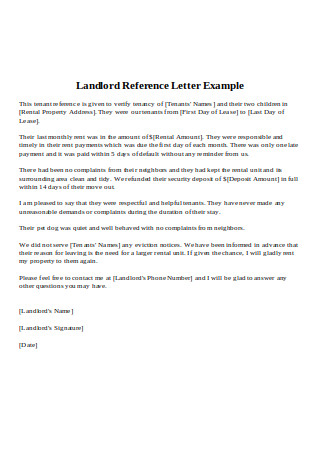
Landlord Reference Letter Example
download now -
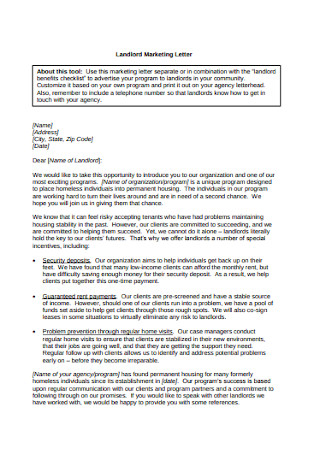
Landlord Marketing Letter
download now -
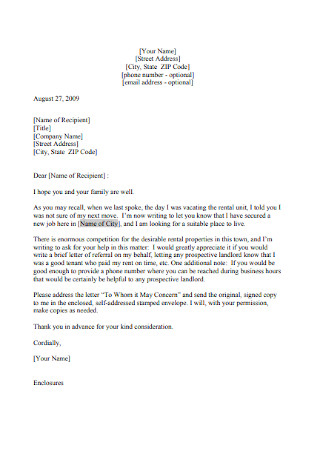
Sample Landlord Reference Letter
download now -
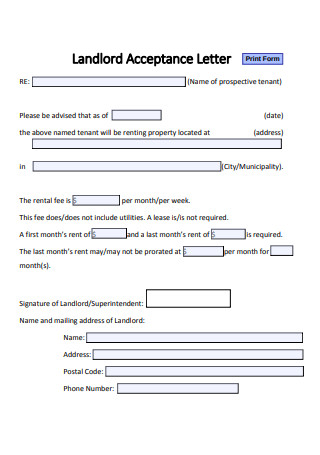
Landlord Acceptance Letter
download now -
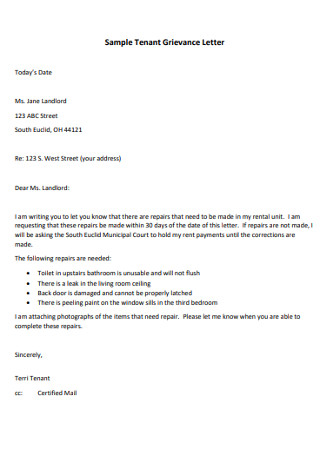
Sample Tenant Grievance Letter
download now -
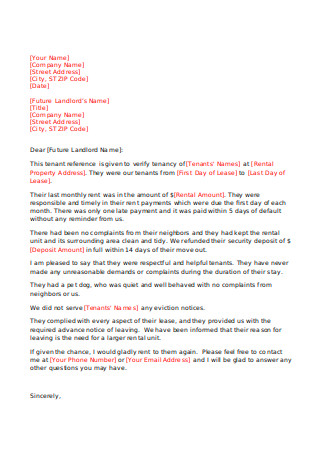
Simple Tenant Reference Letter
download now -
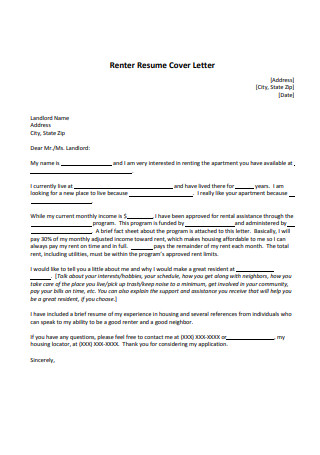
Approval Letter for Rental
download now -
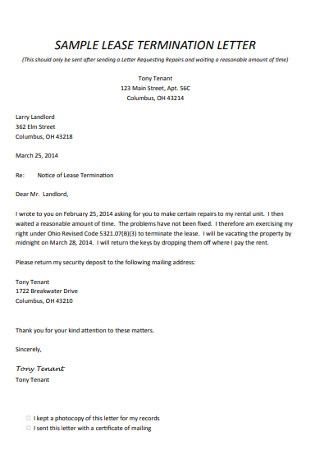
Sample Lease Termination Letter
download now -
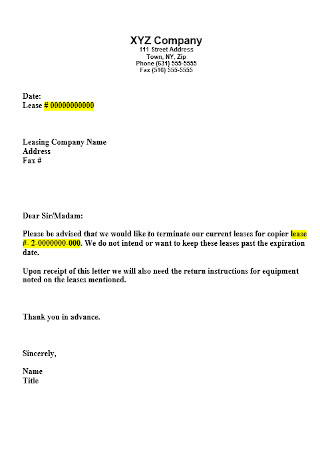
Company Lease Termination Letter
download now -
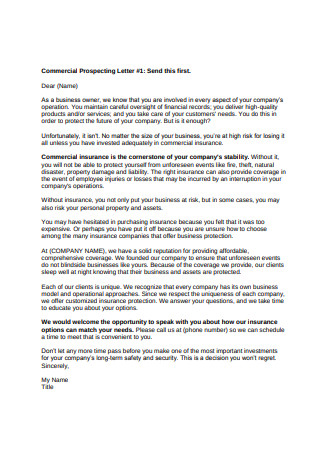
Commercial Proposing Letter
download now -
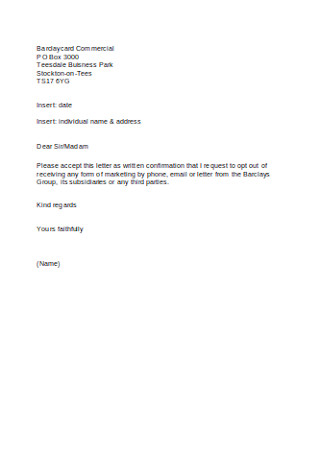
Commercial Marketing letter
download now -
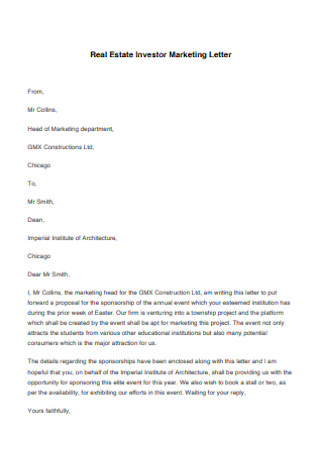
Real-Estate Marketing Letter
download now -
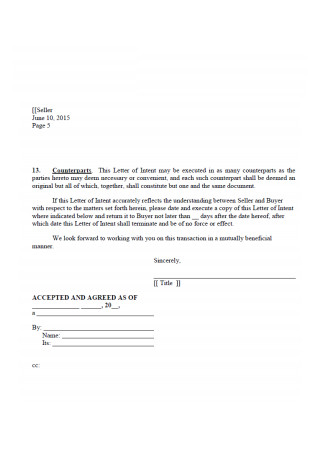
Real-Estate Sales and purchase Letter
download now -
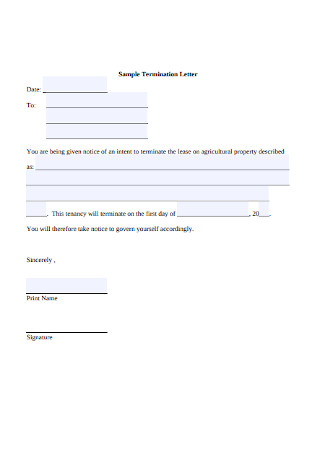
Sample Lease Termination Letter
download now -
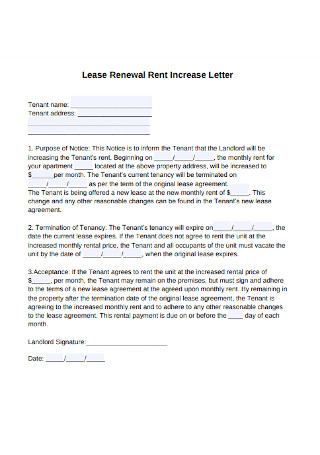
Lease-Renewal Rent Increase Letter
download now -
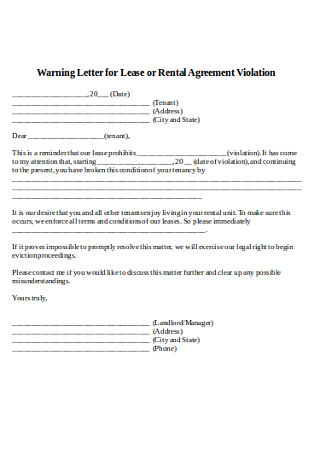
Rental Agreement Warning Letter
download now -
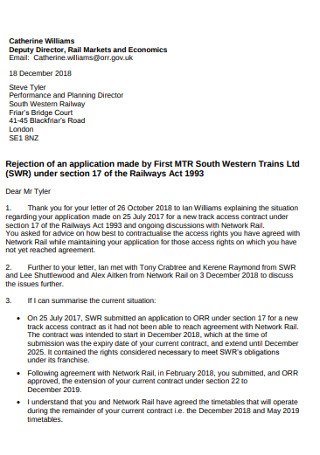
Standard Rental Rejection Letter
download now -
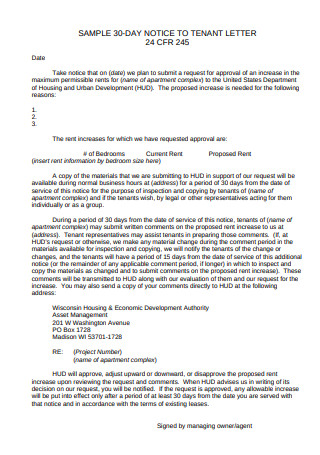
Sample 30-Day Notice to Tenant Letter
download now -
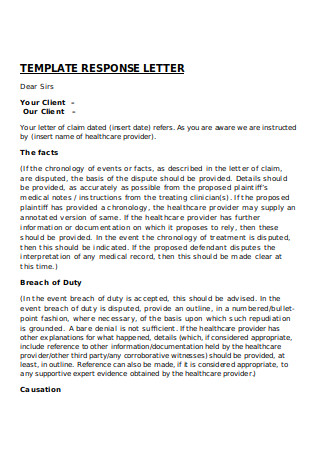
Tenant Response Letter
download now -
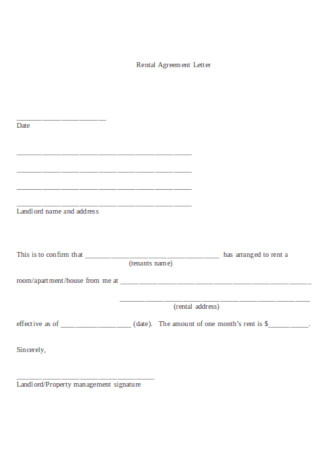
Rental Agreement Letter
download now
Eviction Letter: What Is It?
An eviction letter is often referred to as an eviction notice form, and it is a formal document written by a property owner or landlord as a warning about a tenant’s eviction. Oftentimes, the letter gives out an ultimatum whether a tenant should abide by the landlord’s requirements to continue the rent or refuse to obey the rules but must vacate the property according to the specified date inside the letter. And since the eviction letter writes down all the needed information about eviction in clear terms, at least arguments between the renter and the landlord can be communicated properly.
According to Statista, the effects of the COVID-19 pandemic brought about 40 million American renters at risk of eviction in 2020.
Moreover, Statista confirmed in 2017 that the most common reason behind 77.3% of Americans receiving eviction notices was the non-payment of rent.
Why Is an Eviction Letter Important?
An eviction letter plays an important role to channel the eviction process. If ever there is a problem with the tenant, the property owner should open up the said issue with the renter personally first. And if things still haven’t been solved through the discussion, that is when the eviction letter or notice to vacate enters the picture. The letter answers the significant parts of who the parties are, what the reason for the eviction was, how many days left before the tenant leaves, and more. And if tenants and landlords still couldn’t settle terms, the eviction letters still play a huge part in legal proceedings in court.
On another note, any landlord could encounter a problem with a tenant from a rental or lease from time to time. One notable example is when the coronavirus pandemic caused a global threat with a myriad of high unemployment rates, closed businesses, and constant lockdowns. In fact, about 40 million American renters were at risk of eviction around that period. Indeed, many states allowed extensions due to the crisis so adjustments should be made right in the eviction notices as well. And that is why the details inside these letters should not be taken for granted as the data affects the outcome of legal proceedings greatly too.
What Does an Eviction Letter Contain?
Before writing your own eviction letter, it is crucial to familiarize the many common elements inside the said letter first. This way, you would have full knowledge of what specific parts should be added or not included in the letter. So in this section, get introduced to what a standard eviction letter contains.
How to Make a Proper Eviction Letter
The moment you plan to expel a tenant from a lease or rental, prepare the eviction letter early. Because if you send out too late but you really want a renter out of the property pronto, then expect to wait again since it takes weeks or even months before a tenant is officially evicted. Most importantly, how you prepare and write your eviction letter matters a lot before reaching a conclusion. And in this section, we got you covered towards the steps on how to create your eviction letter properly.
Step 1: Download a Sample Eviction Letter to Optimize
You already know that there are lots of elements to consider in an eviction letter. So we made things easier for you where you do not need to start from scratch in building the letter. Simply download from any of the sample eviction letter templates in this article. You can freely edit the content of each template as well, making it a lot simpler to personalize the eviction letter. Hence, you won’t be bothered so much about the design and format of the letter and you only need to be concerned about the different eviction data.
Step 2: Review the Original Rental Agreement for Reference
Since templates cannot guess the rental due dates, specific eviction dates, and names of tenants, you have to change the details in your chosen sample eviction letter yourself. Don’t fret because it is technically easy. First, refer to the original lease or rental agreement signed already by the tenant. That is your chance to review all the agreement details so you would know what is legal or illegal. For example, the landlord might have abused the tenancy terms and conditions as written in the contract. And it may let you face charges. Hence, you should be able to copy accurate information, know how to hand the letter with the court order, and use the data appropriately by using the agreement as your source.
Step 3: Address the Basic Details of the Tenant Involved
You already learned what an eviction letter contains, as discussed earlier. So you know how essential the tenant’s basic information would be. Your next task would not only be to address the standard details of the tenant involved but also the rest of the letter inclusions from the title down to the signature line. And just like any letter, you should present the details with a smooth flow. Do not just enumerate because letters are in paragraph form, specifically with the body of the letter. To do that, organize your details by arranging which part should be mentioned first until the last part.
Step 4: Present the Real and Valid Reason for Evicting a Tenant
Of course, the specific reason behind the eviction should be clearly expressed in the letter. Make sure to use a valid and real explanation. One example is the non-payment of rent. In fact, Statista’s 2017 research survey proved that the most widespread reason behind 77.3% of Americans receiving eviction notices was the non-payment of rent. Whatever the logical reason is, at least this keeps the tenant aware if he/she/they actually committed such actions or not. Also, do not simply say the reason. Explain why it would create a harmful or negative impact on the business as well. Because maybe a tenant thought nothing was wrong so the clear information can nourish this renter’s mind.
Step 5: Offer Negotiation Measures to Cease the Eviction
In the eviction letter, landlords can actually help the tenants on how to solve the issue. In case the renters do not know what to do, you can suggest that they pay the due rent so they won’t get evicted. Or perhaps, a renter who is facing struggling financially can appeal for help with a hardship letter. And this is what makes a responsible landlord because you shouldn’t just banish tenants without being concerned about their situation too. But, firm negotiation measures should still follow by stating the scope, terms, and negotiation limitations.
Step 6: Observe Comprehensive Writing from Top to Bottom
Practice comprehensive writing from start to finish of your eviction letter. That means any typical question about eviction is answered in the document. A tip to maintain an easy-to-understand letter is by using simple language, informative content, and straightforward data at the same time. First, simplify complex sentences for easier understanding. Also, mind your tone in writing. Maybe you sounded discriminatory by forcing someone to leave yet that person is facing hardship. Consider how tenants feel too by not being rude. Indeed, creating a very detailed letter is helpful but you have to balance it out by keeping the gist only. Be direct so the letter can be short yet concise. More so, do not give out misleading and incomplete content. And once you are positive that the letter is correct and informs properly, it is ready to be produced.
FAQs
What are the common reasons to evict a tenant?
The reasons to evict a tenant would vary on the rules set by the landlord. But generally, the typical reasons are:
- Continuous non-payment or late rent payments
- Intentional damages to premises
- Illegal activities, such as taking drugs inside the premises
- Lease expiration
- Unwanted roommate
- Violence or threats towards other tenants and the landlord
- Noise violation
How long does it take to evict someone?
Evicting someone often takes around one to three months. But the length of time depends on the state laws too. Others allow a 3-day notice while others take as long as 60 days. Just refer to your local state’s laws for ideas.
How does the eviction process work?
The eviction process starts when a problem arises in a rental or lease agreement. The property owner and the tenant would talk afterward in the hopes of solving the issue. But if nothing is resolved, sending the eviction letter or notice follows. After that, the complaint will be filed in court until both parties handle the issue at the court. Once the jury reaches the final decision, it is either that the tenant wins and is allowed to stay or that the landlord wins and the tenant should leave later on.
It sure sounds devastating when tenants and landlords have to cut ties. But sometimes, it is the best solution so the landlord can continuously earn from the rental fairly or that the tenant doesn’t want to deal with an abusive or stingy property owner anymore. No matter whose side is right or wrong between landlords and tenants, it is smart to know how to craft an acceptable eviction letter so processing the eviction runs smoothly. And formulating eviction letters could not get any easier thanks to eviction letter samples and templates. Download and optimize now!
